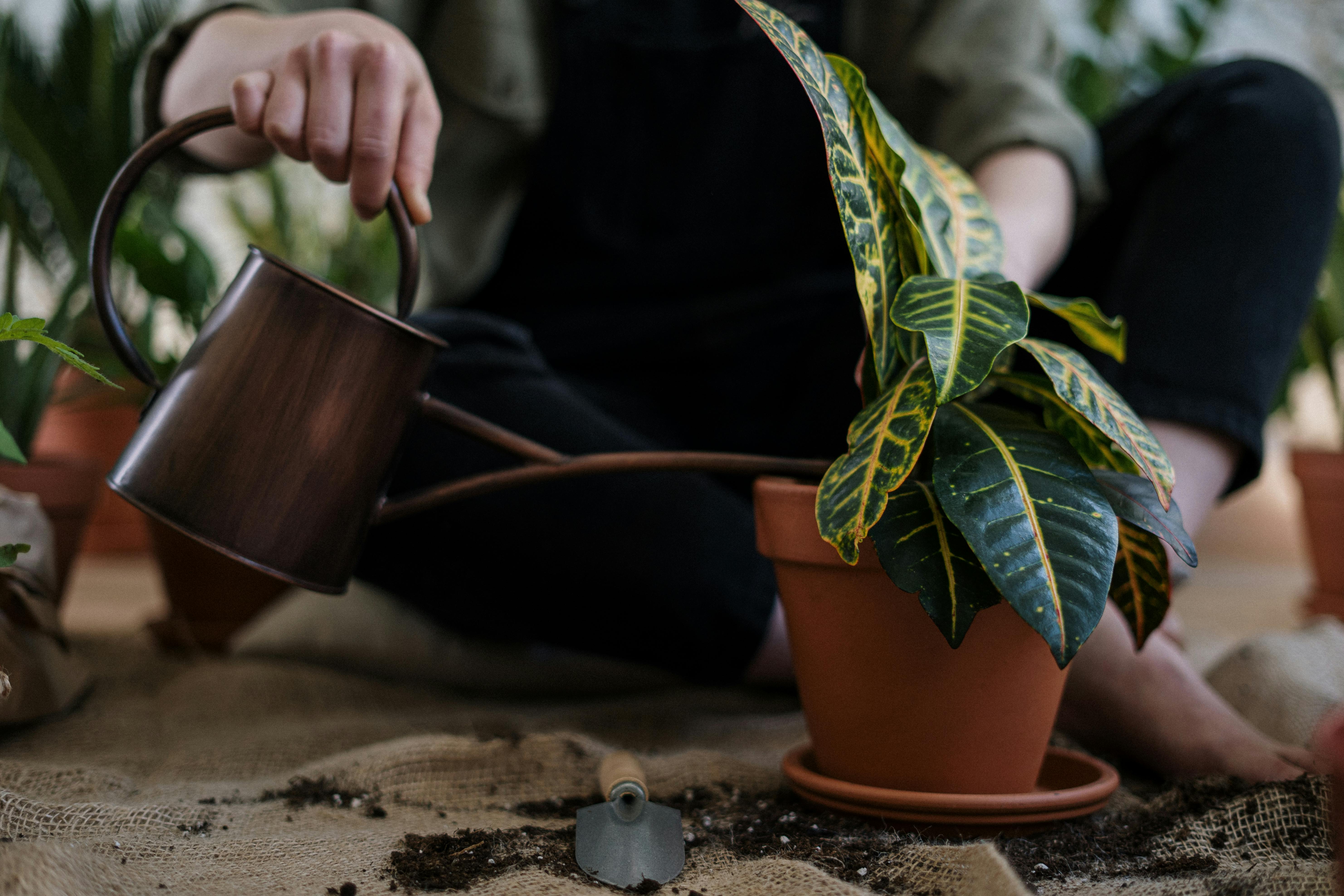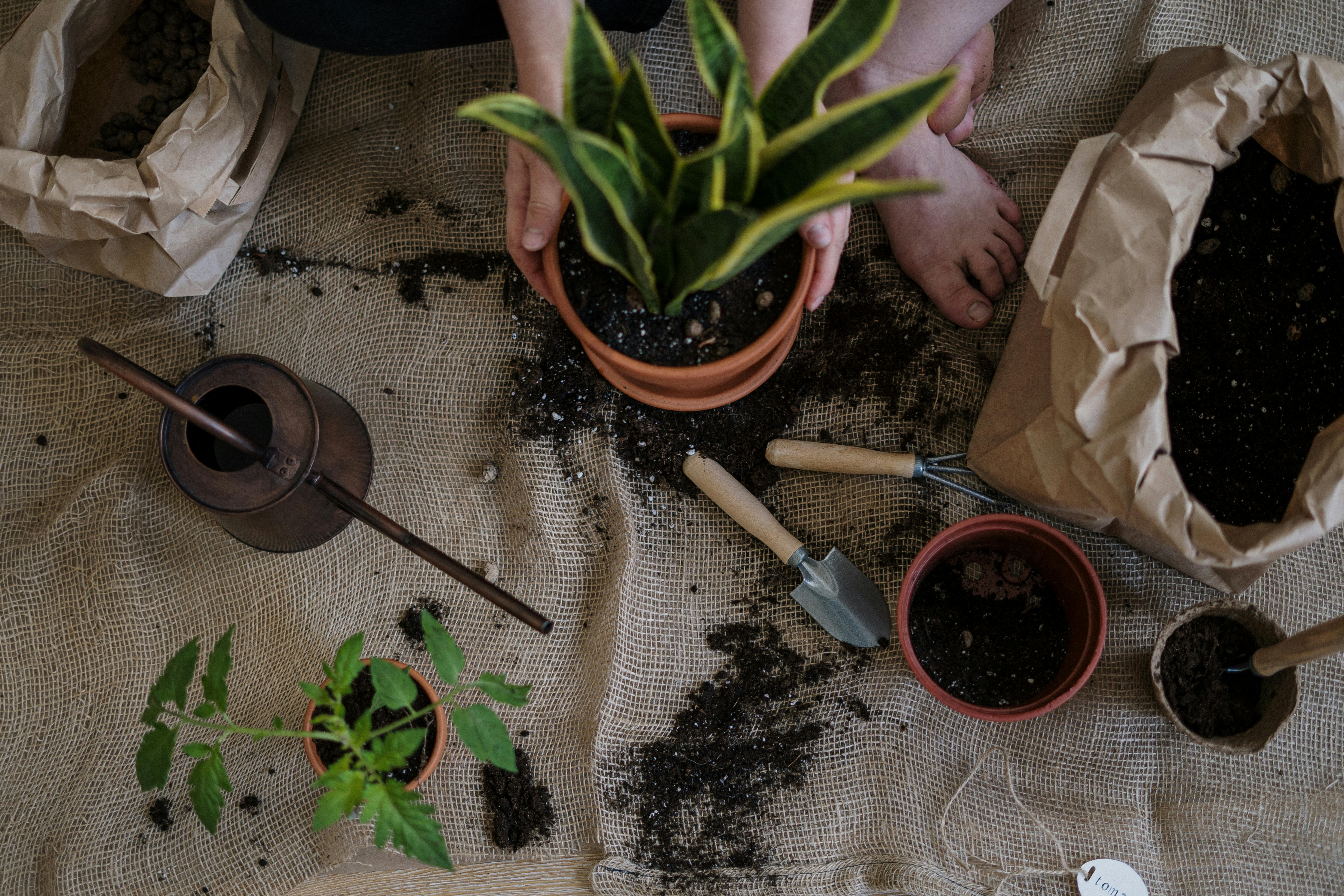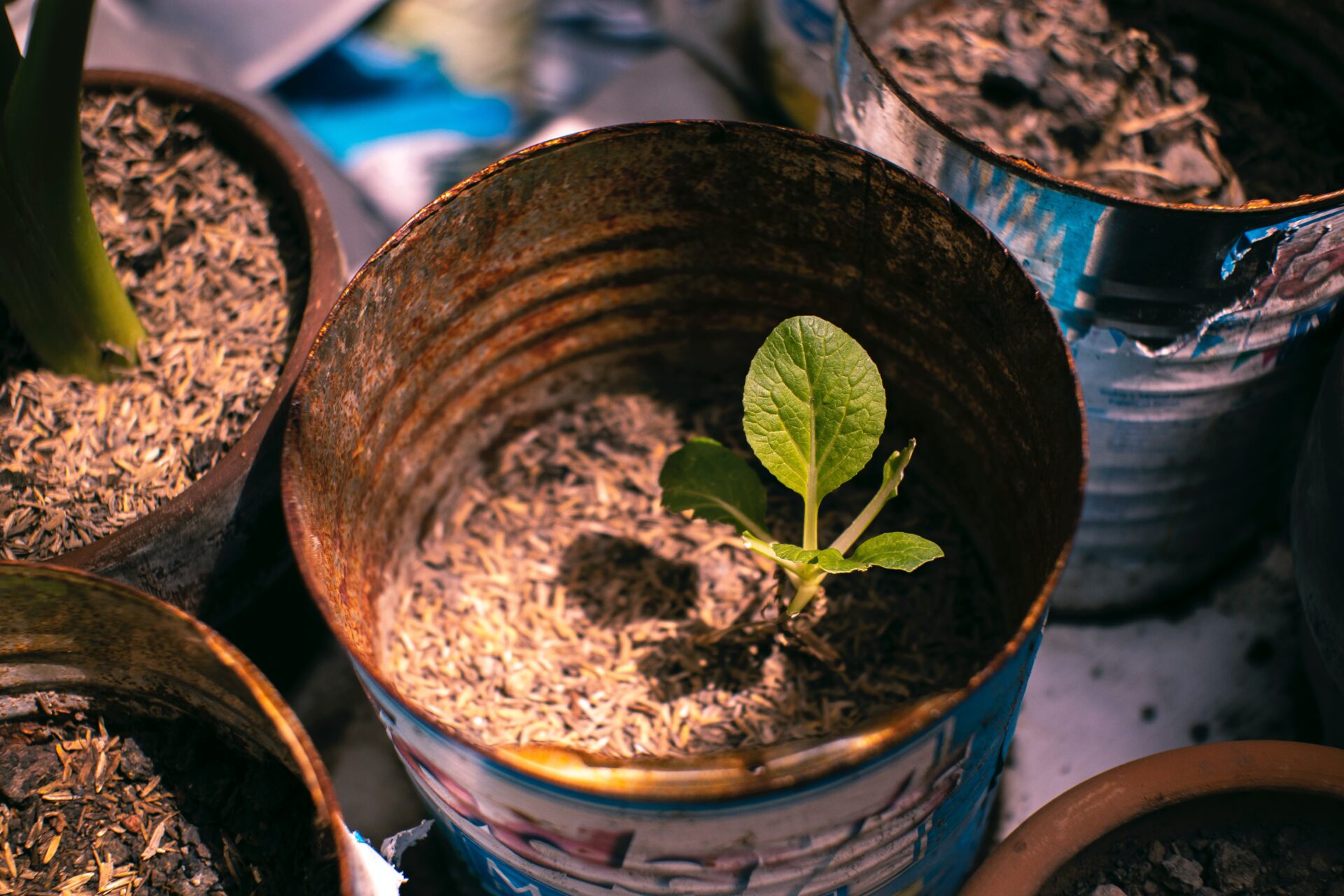Growing blueberries in a pot is an easy and rewarding way to enjoy the sweet flavor of homegrown berries. Not only are blueberries delicious, but they are also highly nutritious and boast many health benefits. With the right preparation and care you can successfully grow blueberries in a pot. This article will provide you with all the tips and advice you need to get started.Yes, you can plant blueberries in a pot. It is important to have a pot that is deep and wide enough to accommodate the root system of the blueberry plant. Make sure to use well-draining potting soil, keep the pot in an area that receives plenty of sunlight, and water regularly.
The Benefits of Planting Blueberries in a Pot
Planting blueberries in a pot has many advantages. For one, it allows gardeners to grow blueberries regardless of whether or not they have a lot of space. Pots are also a great way to get started if you don’t have the time, money, or resources to build an outdoor garden bed. With a pot, you can move your blueberry plant around to take advantage of sunlight and other environmental factors. Pots also offer protection from pests such as slugs and snails that might otherwise damage the plant.
Another benefit of planting blueberries in a pot is that doing so will help keep the soil moist and well-drained, which is essential for healthy growth. This is especially important for those living in areas with extremely dry climates as it helps prevent soil from drying out too quickly. Additionally, pots are easier to control when it comes to weeds and other unwanted plants that may try to take over your garden space.
Finally, pots are perfect for growing blueberry plants indoors as they provide the necessary nutrients and environment for healthy growth without having to worry about pests or too much sun exposure. By growing your own blueberry plants inside, you can enjoy fresh berries all year round without having to worry about weather or season changes affecting your crops. Plus, there’s no need for expensive equipment or large spaces – all you need is a pot!
What Type Of Pot Is Best For Planting Blueberries?
Growing blueberries in pots is a great way to enjoy the delicious fruits of these plants even if you have limited space in your garden. The type of pot you choose for planting blueberries can make a big difference in how well they grow and bear fruit. For best results, look for a pot with good drainage and plenty of room for the roots to spread out. A lightweight material like plastic or terra cotta is ideal, since it will be easy to move around if needed. The size of the pot should be at least 12 inches in diameter and 18-20 inches deep so that there is plenty of room for the plant’s root system. Make sure there are plenty of drainage holes in the bottom so that excess water can escape. If you want to make sure your blueberry plant can survive cold winters, choose a frost-resistant material like concrete or glazed ceramic.
When it comes to choosing soil for your blueberry plant, look for a mixture that is rich in organic matter and well-draining. You may also need to add some fertilizer depending on the type of soil you have chosen. Be sure to check your local nursery or gardening center for recommendations on what type of fertilizer and soil are best for blueberries. Finally, mulch around the base of your plant with straw, bark chips or pine needles to help keep moisture levels consistent throughout the year. By taking these simple steps, you can ensure that your blueberry plants will thrive and produce delicious fruit!
Soil for Planting Blueberries in a Pot
When planting blueberries in a pot, it’s important to choose the right soil. The best soils for growing blueberries are slightly acidic and have good drainage. A mix of two parts peat moss, one part compost, and one part horticultural sand is ideal. This combination will provide the right pH levels and adequate drainage for the plant to thrive.
The potting mix should also contain organic matter such as composted bark or leaf mold to help retain moisture and provide essential nutrients to the plants. Additionally, it should be amended with fertilizer every few weeks throughout the growing season.
It’s important to ensure that the potting mix remains slightly acidic over time by regularly adding elements such as sulfur or chelated iron. This will help keep the soil at its optimal pH level of 4.5-5.5 for blueberry plants.
When selecting a pot for planting blueberries, make sure that it’s large enough to accommodate the roots and has plenty of drainage holes at the bottom. A pot that is too small will limit root growth which can hinder plant development and yield fewer fruits in the long run. Additionally, ensure that there is a layer of gravel at the bottom of the pot before filling it with soil to aid with drainage and prevent waterlogging.
Overall, choosing the right soil for planting blueberries in a pot is essential for successful growth and fruiting of plants over time. The combination of two parts peat moss, one part compost, and one part horticultural sand provides an ideal environment with adequate drainage and acidity levels for blueberry plants to thrive in containers or pots.
How Much Sunlight Do Blueberries Need When Planted In A Pot?
When planting blueberries in a pot, they need at least 6 hours of direct sunlight each day. While it is possible to grow blueberries in pots that receive less than this, they will not produce as much fruit or be as healthy if they don’t get enough sun. Additionally, the pots should be placed in an area that gets full sun, meaning all day long with no shade.
The ideal location for the pot is one that gets morning sun and afternoon shade. This will help prevent the pot from getting too hot during the hottest parts of the day and will help ensure that the blueberry bush receives the right amount of sunlight each day.
It is also important to note that potted blueberry bushes need to be moved around throughout the year so that they get enough sunlight from different angles. This helps ensure that all parts of the bush receive enough light and can help prevent any issues with stunted growth or lack of fruiting.
Finally, it is important to make sure that your soil is well drained and doesn’t stay overly wet. Overly wet soil can lead to root rot or other problems with your blueberry bush, so it’s best to make sure you have a potting mix specifically designed for growing blueberries in containers. With the right amount of sunlight and well-draining soil, you can successfully grow blueberries in a pot!

Proper Watering Schedule for Growing Blueberries in a Pot
Growing blueberries in a pot can be a rewarding experience if the proper watering schedule is followed. It is important to water your blueberries regularly and consistently to ensure that they get the moisture they need to thrive. Blueberry plants require moist soil, but not overly wet. Too much water can cause root rot, while too little can cause the fruits to become dry and shriveled. The best way to maintain an optimal level of moisture is by following a regular watering schedule.
The frequency of watering will depend on the size of your container, the type of soil, and your local climate conditions. Generally speaking, blueberry plants should be watered once or twice a week during the hottest months of summer, and every 10-14 days during the cooler months. When watering your plants, it is important to make sure that you are providing enough water for the entire root system. To do this, slowly pour water over the entire surface of the soil until it appears evenly moist throughout. If you have mulch on top of your soil, make sure that it has been watered as well.
To test for proper moisture levels in your container, stick your finger about two inches into the soil and feel around for dampness. If it feels dry or slightly damp then you should consider giving it more water. Do not over-water your plants; instead wait until the top inch or two of soil has dried out before giving them more moisture. Additionally, if possible try to use rainwater or collected water instead of tap water; this will help prevent any mineral build-up in your potting mix over time.
Following a regular watering schedule is key when growing blueberries in a pot; however there are some other things that need to be taken into consideration as well. Make sure that you are fertilizing regularly with an all-purpose fertilizer or one specifically formulated for blueberries; this will help keep them healthy and productive throughout their growing season. Additionally, remember to prune any dead branches or stems as needed throughout the year so that new growth can take its place and ensure healthy fruit production year after year!
Fertilizing Blueberry Plants in a Pot
Fertilizing your blueberry plants is essential for maintaining healthy growth and bountiful harvests. When growing blueberries in a pot, you should fertilize once every one to two months. Depending on the season and your soil’s fertility, you may need to adjust this frequency to ensure your plant is getting the right amount of nutrients.
Before applying fertilizer, it is important to test the soil’s pH level. Blueberries prefer an acidic soil with a pH between 4.5 and 5.5 for optimal growth; if the pH is too high, you should add sulfur or aluminum sulfate to lower it to the desired range. Once you have added sulfur or aluminum sulfate, wait at least two weeks before applying fertilizer so that it does not react with the soil amendments and cause burn spots on your blueberry plant’s foliage.
When selecting a fertilizer for your potted blueberry plants, look for one specifically designed for acid-loving plants. This will ensure that the nutrients in the fertilizer are balanced correctly for optimal blueberry growth and health. It is also important to choose an organic fertilizer whenever possible as this will be gentler on both your plant and its environment than chemical fertilizers.
When applying fertilizer, spread it evenly around the base of each plant and lightly mix into the top inch of soil; avoid getting any on the leaves or stems of the plant as this can cause damage if not washed off quickly with water. You can also add slow-release fertilizers directly into the potting mix when planting or repotting your blueberry plants; these will slowly release nutrients into the soil over time so that you don’t have to fertilize as frequently throughout the year.
By following these steps, you can ensure that your potted blueberry plants get all of the nutrients they need for optimal health and growth while avoiding potential damage caused by incorrect application of fertilizer or too much nutrient buildup in their environment.
Protecting Potted Blueberry Plants From Cold Weather
Potted blueberry plants are vulnerable to cold weather, and it is important to protect them from winter temperatures. There are several steps that can be taken to ensure the plants remain healthy during cold weather. The first step is to carefully monitor the temperature of the soil in the pot. If it falls below 40 degrees Fahrenheit, move the pot inside or provide extra insulation around it. It is also important to make sure that the soil does not become too wet or too dry, as this can damage the roots of the plant.
When temperatures drop below freezing, provide additional protection for your potted blueberry plants with a layer of mulch. This will help keep moisture in and provide an extra layer of insulation against frost. A layer of burlap can also be used for additional protection from cold temperatures and wind. Make sure that you water your plants regularly during winter months, but do not overwater them as this can cause root rot.
In addition to protecting your potted blueberry plants from cold weather, it is important to prune them regularly throughout the year. Pruning helps promote healthy growth and encourages new fruit production. Prune off any dead or diseased branches and remove any weak or overcrowded shoots that are not producing fruit. This will help keep your potted blueberries looking their best throughout the year.
By taking these simple steps, you can ensure that your potted blueberry plants remain healthy and productive during cold weather conditions. With proper care and protection, you can enjoy delicious homemade blueberries all year round!

Conclusion
Yes, it is possible to grow blueberries in a pot. However, growing them successfully requires the right soil, fertilizer, and drainage. Blueberries thrive in acidic soil so you’ll need to make sure that your potting mix is adjusted accordingly. They need plenty of water and fertilization to produce bushels of delicious fruit. Additionally, you’ll need to provide adequate drainage for your blueberry bush so it doesn’t get too waterlogged. With a bit of care and attention, you can have a thriving pot of blueberry bushes in no time.
All in all, growing blueberries in a pot is entirely possible when done correctly. The key is to make sure that you provide them with the right soil, fertilizer, and drainage so your blueberry bush can thrive indoors or outdoors. With enough love and attention, you can have delicious blueberries all year round!



